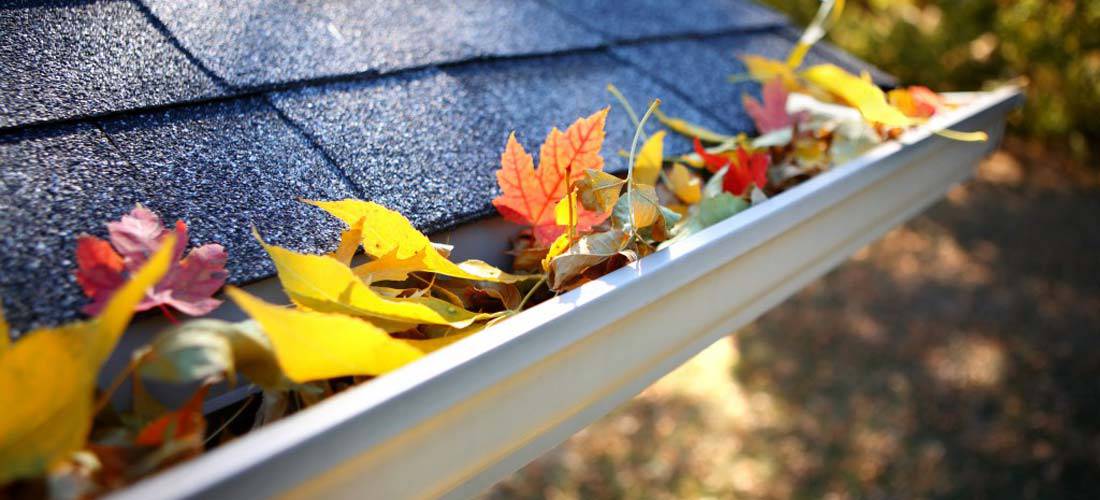Choose the right asphalt shingles to protect against high winds, hurricanes and tornadoes.
Many homeowners choose to have asphalt shingle roofing installed each year due to its affordability and wide range of colors and textures. However, you need to consider the wind resistance of your roofing materials if you live in regions that are regularly affected by hurricanes or tornadoes. The high winds they produce can ruin a roof even if only coming within a few miles of your home. It is recommended that you research the specific wind resistance of each type to ensure the shingles are appropriate for your location.

Asphalt roofing wind damage
Heavier asphalt shingles tend to fare the best in areas that experience high peak winds. Organic shingles feature a layer of paper that is saturated in asphalt, giving them more weight than those that use fiberglass as a base material. However, all types of asphalt shingles are rated based on their wind resistance. Laminated architectural shingles or fiberglass shingles that fall into wind resistance Class D should work just as well as 3-tab shingles in the same category.
The three categories for shingles rated as highly wind resistant are:
- Class D: Able to withstand damage from winds up to ninety miles per hour
- Class G: Designed to handle gusts of wind that reach a peak of 120 miles per hour
- Class H: Capable of withstanding extreme storm winds at 150 miles per hour
Class G and Class H shingles are often required by the building codes for regions that lie within 50 miles of a coastal area susceptible to hurricanes. These shingles are also commonly required or recommended in areas where tornadoes are common. Class D roofing materials work just fine in the rest of the country.
It is crucial to install roofing materials properly if high winds are expected. The toughest asphalt shingles won't stay on the roof if there are too few fasteners holding them down. You should secure any shingles designed to withstand gusts of ninety miles per hour or higher with at least six fasteners at the eave. Four spots of roofing cement are recommended to hold each new shingle in place while a fastener is installed on either side of the main roof ridge.

The fasteners used should be able to resist pulling at a weight of thirty pounds. This ensures that gusts don't loosen the nails over time. The adhesives should have bond strength of at least fifteen pounds. Any roofing estimate you receive for installation should include the extra labor costs for these additional protective measures. The increased roofing cost will be offset by the reduced risk of damage in a storm.
The warranty and lifespan offered by the manufacturer should match the wind resistance. If the shingles are rated for 120 mile per hour winds, they should not fail early due to extra wear from the wind. If you live in a windy region, you can still enjoy the beauty of asphalt shingle roofing if you choose products with a high wind resistance. Hiring an installer through QualitySmith can help you get quality results so that none of your shingles go missing due to a hurricane or tornado.













Write a Comment